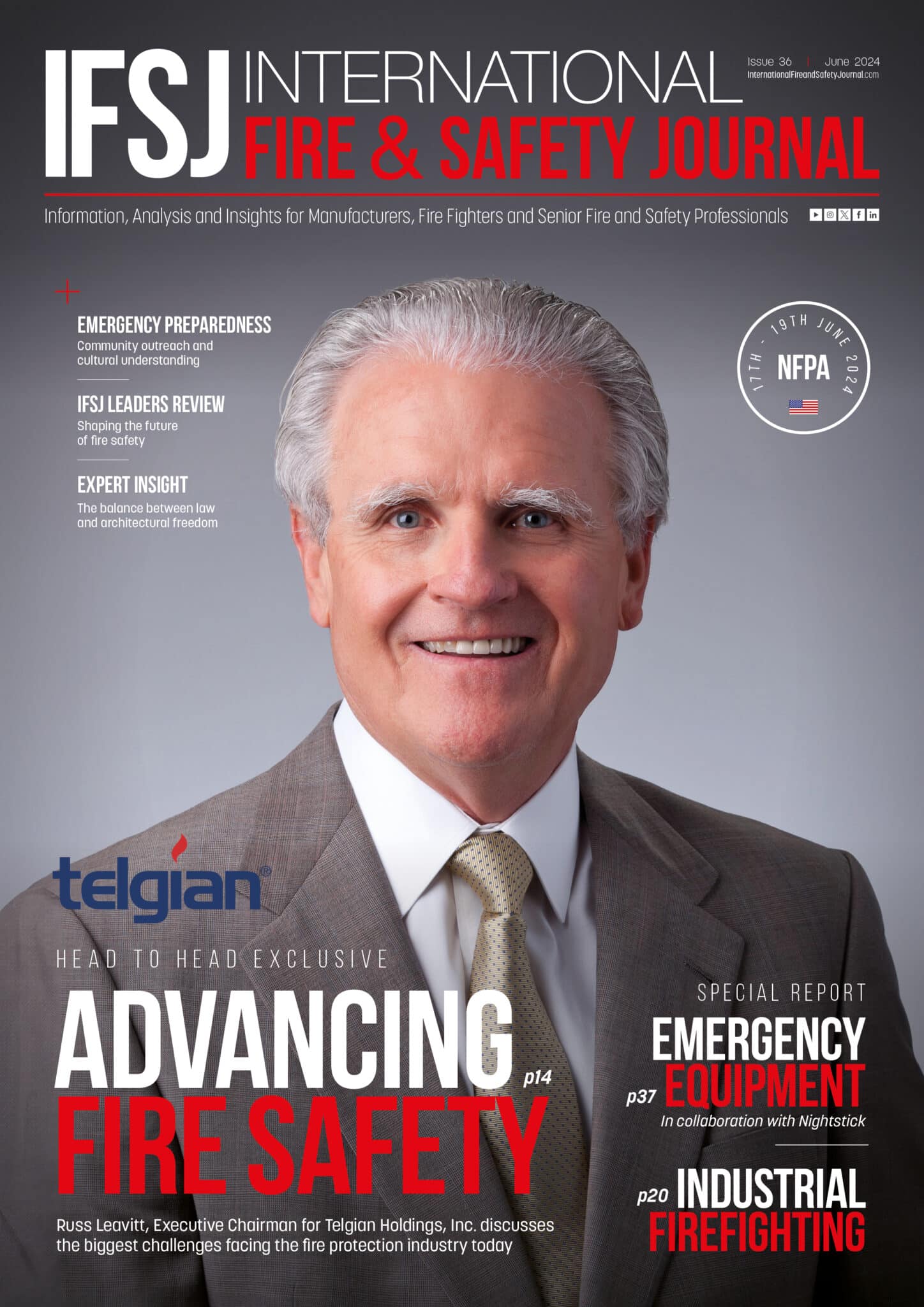All the fire safety regulations for flats in England updated post-Grenfell
- May 17, 2024
- 10:25 am


Iain Hoey
Share this content
Introduction of new fire safety rules
Following the Grenfell Tower fire in 2017, the government introduced new fire safety rules for high-rise blocks of flats in England.
These rules, enforced by the newly established Building Safety Regulator (BSR), apply to buildings that are at least 18 metres or seven storeys high.
The regulations took effect between October 2023 and April 2024.
Building regulations and fire safety guidelines have been updated to ensure that new constructions are designed to limit fire spread and facilitate resident evacuation.
According to the government, all flats must have fire alarms, though a communal fire alarm system is not typically required.
Additionally, walls, ceilings, and floors must be constructed to prevent fire spread for a specified duration, known as compartmentation, and fire doors must provide at least 30 minutes of protection.
Compliance and responsibilities
The responsibility for compliance with these regulations lies with developers, designers, and builders.
Developers must obtain approval from a building control body, either the local authority or a private building control approver.
However, for high-rise blocks, approval must come from the BSR.
Once a block of flats is occupied, a ‘responsible person’—usually the building owner or manager—must oversee fire safety in common areas.
This individual must conduct fire risk assessments and implement measures to mitigate identified risks.
For blocks of flats over 11 metres, responsible persons must check flat entrance doors annually and fire doors in communal areas every three months.
New regulations for high-rise blocks
Significant changes have been made specifically for high-rise blocks following the Grenfell Tower fire.
In 2018, the use of combustible materials on the external walls of new high-rise blocks was banned.
Further guidance issued in 2022 advised the installation of evacuation alert systems and the inclusion of a second staircase by 2026.
The government also introduced the role of the ‘accountable person’ for high-rise buildings, responsible for overall building safety, distinct from the ‘responsible person’ who handles fire safety in common areas.
This new role involves assessing and managing building safety risks and preparing a safety case report for the BSR.
Funding and enforcement
The cost of producing safety case reports may fall on leaseholders, though these expenses are not covered by the leaseholder protections in the Building Safety Act 2022.
However, building owners are encouraged to ensure that costs are reasonable and transparent.
Building owners are also required to check and remediate unsafe cladding, with enforcement action possible by local fire services or authorities if owners fail to comply.
Leaseholders are protected from bearing the cost of removing unsafe cladding, but may still be liable for other safety works not covered by the Act.
Reporting safety concerns
Residents concerned about building compliance with regulations should contact their local authority or the BSR for high-rise buildings.
Fire risks should initially be reported to the responsible person, and unresolved issues can be escalated to local fire services.
High-rise building safety concerns should be directed to the principal accountable person, with unresolved issues reported to the BSR.
IFSJ Comment
The updated fire safety regulations introduced post-Grenfell aim to enhance safety in high-rise residential buildings across England.
The creation of the Building Safety Regulator (BSR) marks a significant step towards ensuring compliance and enforcing stringent fire safety measures.
The distinction between the roles of the responsible person and the accountable person is crucial in managing both fire safety and broader building safety risks.

